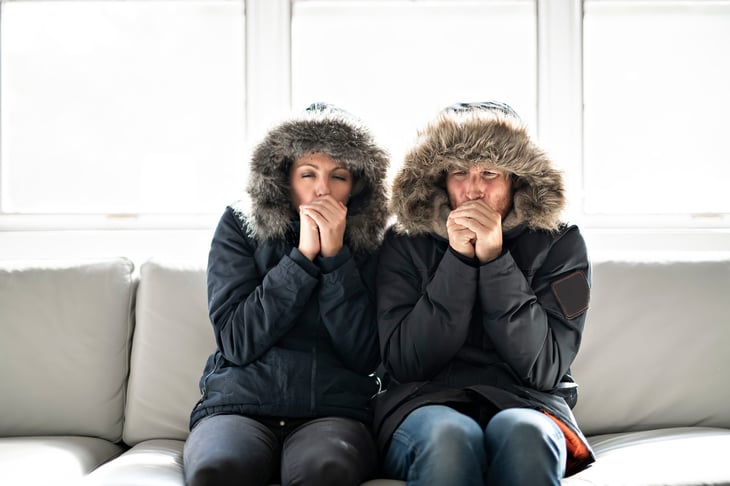
Editor’s Note: This story originally appeared on The Penny Hoarder.
Americans are seeing the largest spike in their heating bills in more than a decade, and it’s been a bitterly cold season for much of the United States. But we’ve got eight tips to help you lower your bill.
With wicked cold temperatures breathing down our necks, we’ll list these tips from the simplest to the most complicated.
What’s Behind High Heating Bills?

The average cost of heating a home this winter is expected to rise $177 to $1,202, a 17% increase compared with last winter, according to a recent report from the National Energy Assistance Directors Association (NEADA).
It’s the second winter in a row with significant price increases for heating, according to NEADA. The organization’s members are the state directors of the federal Low Income Home Energy Assistance Program, which helps poor households with energy costs.
Why the increase? Mainly it’s because hot temperatures over the summer sent the price of natural gas soaring to a 14-year high as Americans cranked up their air conditioners to beat the heat.
NEADA says 90% of our heating and cooling costs are tied to the price of natural gas, either directly or because natural gas is used to create electricity.
What Can You Do About High Heating Bills?
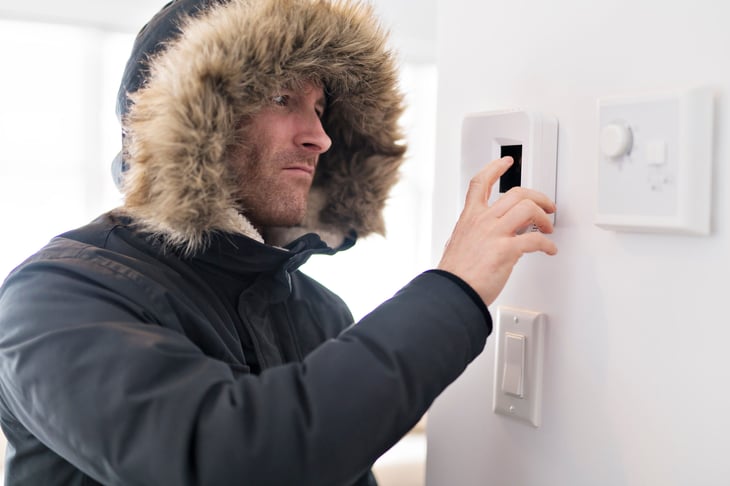
In the short term, with freezing weather in a holding pattern, there are a few things you can do right now. If you’re a renter or you’re a homeowner on a budget, we have relatively cheap ways to cut back on your heating bill.
Over the long term, if you’re a homeowner, the best way to reduce your heating bills is to improve your insulation or even invest in better windows, although both of those plans cost money.
Here are some options to consider, in order from the simplest to the most complicated.
1. Close Off Unused Rooms
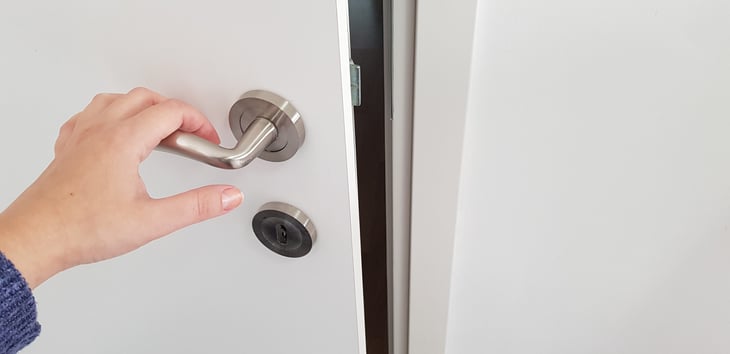
This is our simplest tip.
If you have a room that you use just for storage, exercise or guests, close the door and shut the vents in that room when it’s not in use. Otherwise, you’re just unnecessarily heating an unused space.
2. Block Out Drafts From Doors
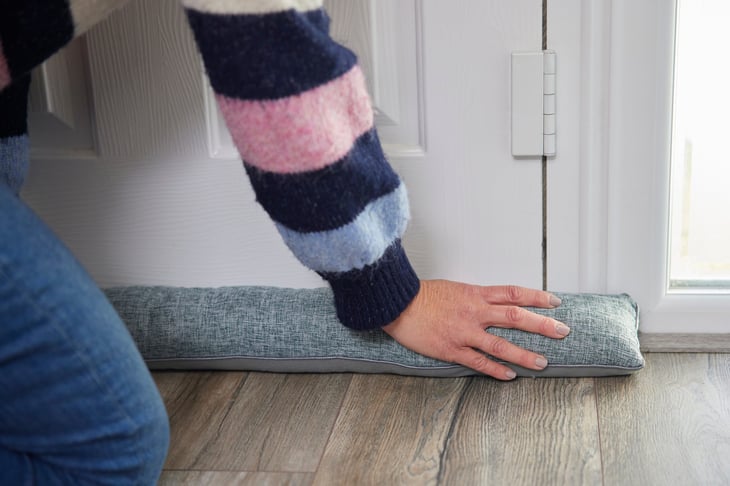
The bottoms of exterior doors are a major culprit for heat loss in the winter. If you can see daylight creeping in from beneath your door or feel a cool breeze, you should take steps.
You can temporarily improve the situation by rolling up a towel and blocking the bottom of the door.
If you’re feeling more ambitious, try a draft guard. It’s basically two pool noodles in a pillow case, which blocks the draft from both sides when slid under a door. Adding a bit of rice or dried corn makes the guard heavier and a better sealer.
3. Stop Eating Out

Of course you can save money on meals by eating at home instead of dining out, but in the winter, baking and cooking can have the added benefit of reducing your heating bill.
When you cook in your oven and on the stovetop, heat emanates into your kitchen and surrounding rooms. Crack the oven open after turning it off to let the remaining heat filter out into your home.
4. Turn Down the Heat

An easy way to lower your heating bill in the winter is to run your heating system at a lower temperature.
Obviously, you need to keep your place warm enough to prevent your pipes from freezing, but if you can stand the chill, turn down the thermostat to the low to mid-60s.
Bundle up in sweatshirts, thick socks and blankets to stay warm — and don’t forget to cover up your pets, too.
5. Use a Space Heater
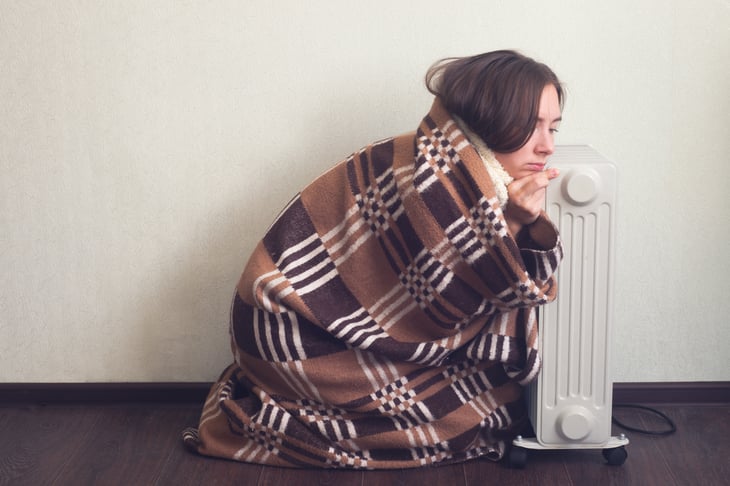
OK, so you’ve turned the heat down, closed off unused rooms and bundled up in blankets, but you’re still feeling chilly. A small space heater might do the trick — and you can get one for less than $30 on Amazon or at a home goods store.
Running a little bit of heat in one small area is more affordable than heating your entire living space. But operate it as directed to avoid any fire risk.
6. Add Some Weather Stripping
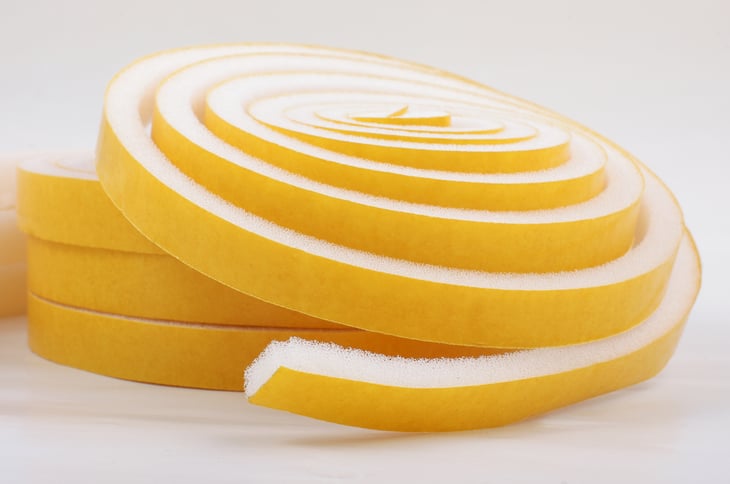
Weather stripping for doors and windows is key to retaining heat in the winter (and keeping it out in the summer). If your windows and doors are letting too much heat out, replace the weather stripping.
It’s a minor cost (something you can buy for under 15 bucks), but it could save you big-time on heating bills.
7. Insulate Your Windows
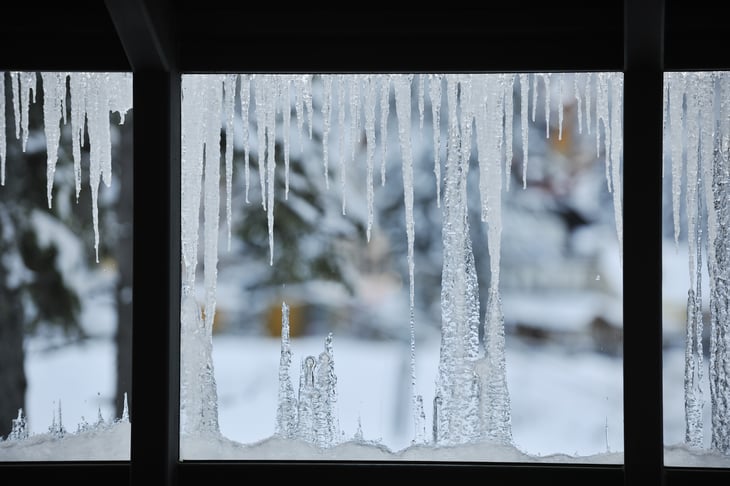
Big, single-pane windows let the cold in, but you can find temporary ways to keep the heat from leaking out.
You can do this by hanging thick curtains in front of the windows, but an even better solution (or a solution to combine with the curtains) is purchasing a window insulation film kit. You can get a kit to insulate 10 windows for about $25.
When incorrectly installed, your window will look like it’s been covered in shrink wrap.
8. Insulate Your Attic
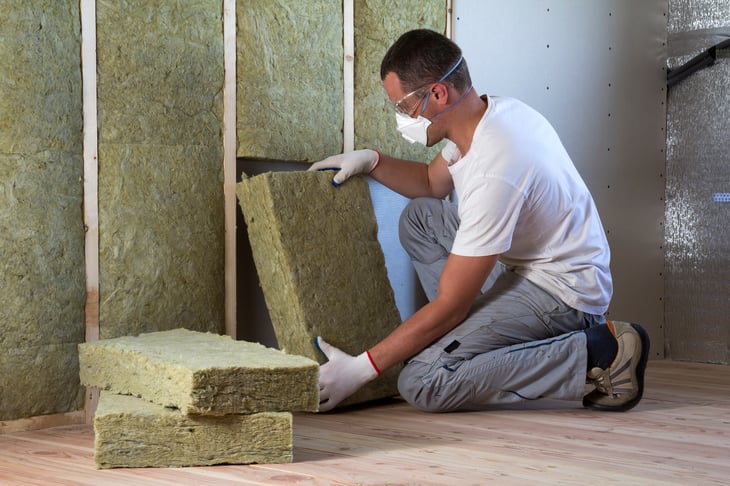
Your attic could be allowing warm or cool air to escape, driving up your power bills. Look around your attic and basement for blackened insulation, which is a sign of air traveling through it.
Adding insulation to your attic can significantly lower your energy costs. So insulation can eventually pay for itself.
The Department of Energy’s website has in-depth instructions for how to insulate your home, although we’d recommend hiring a professional to do it.
You’re not helpless to do something about rising heating costs. A little strategic thinking and maybe a little elbow grease will help you cut your heating bill.
